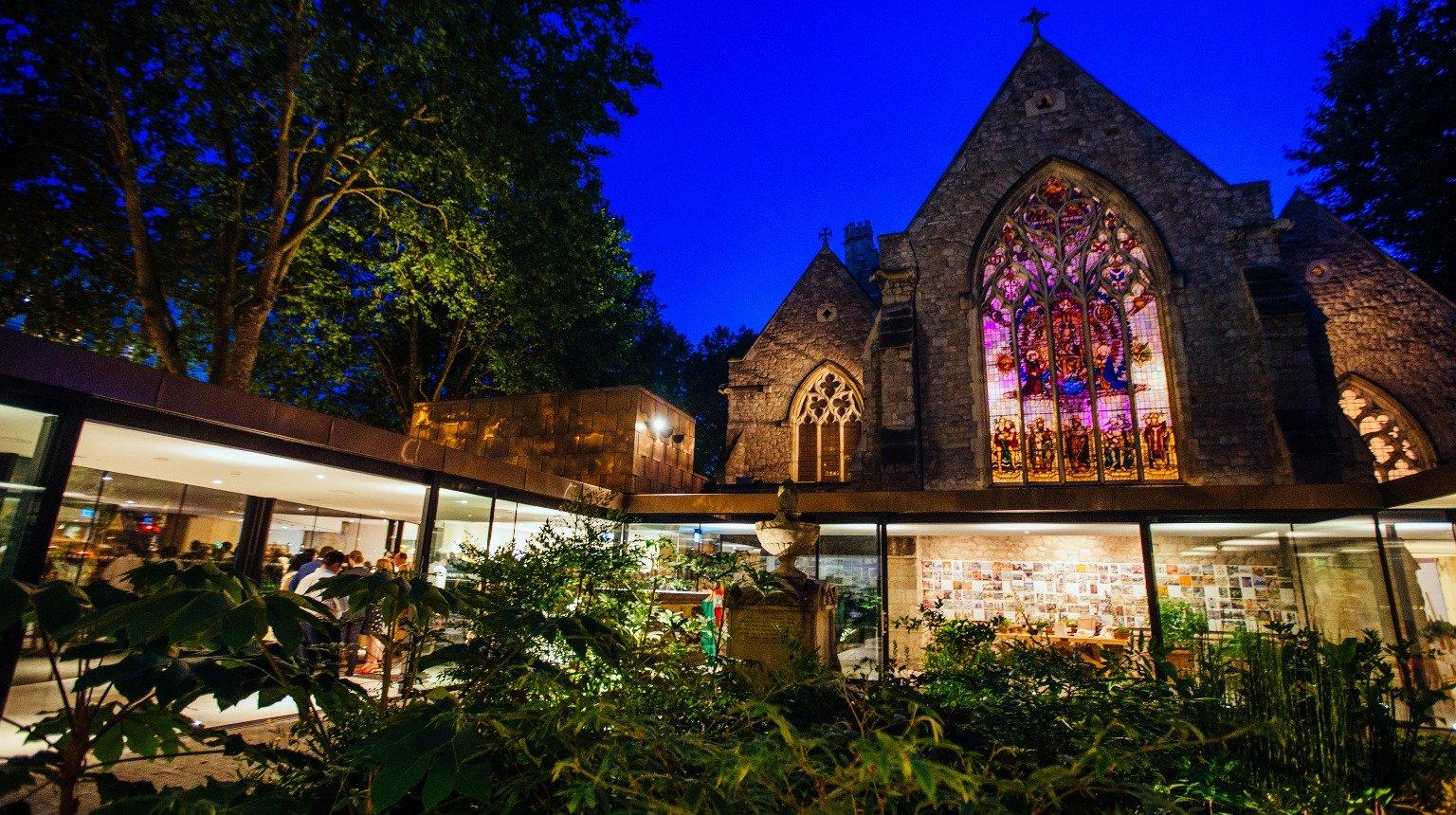Nesfield Archive
William Andrews Nesfield, William Eden Nesfield and Arthur Markham Nesfield, 1820-70

The Garden Museum in London is delighted to have acquired the Nesfield Archive, which will become part of the Archive of Garden Design.
Based at the Garden Museum in Lambeth, the Archive of Garden Design was opened in 2017 to provide a home for the working records of British garden designers and the writers and photographers who document their work. It predominantly holds 20th-century material, including the records of renowned designers such as Penelope Hobhouse, Russell Page, Beth Chatto and John Brookes.
When the Nesfield collection became available for acquisition, it felt as though the archive had unconsciously been created for this exact moment. We were made aware of the opportunity thanks to Nesfield biographer Shirley Evans. Before she sadly passed away in 2023, she frequently enquired as to the progress of the sale and assisted us along the way. For such a rich 19th-century archive to become available well over 100 years later – let alone one whose creator was the most sought-after designer for a large period of his career – is incredibly rare.
The ‘artist gardener’ is a frequently recurring archetype at the Garden Museum. William Andrews Nesfield (1793-1881), a watercolour-painter-turned-garden-designer and the main character in the Nesfield Archive, fits it very well. Unusually, the archive contains both a large quantity of his artworks as well as his garden designs, showing how one profession fed directly into the other.
Nesfield began his career as a soldier in 1809 but, by the time he left the army in 1816, he had decided painting was his calling. His works are dedicated to the beauty of the British Isles: landscapes, waterfalls, castles and seaside views. The people in his paintings, where they are present, are always outdoors and idyllically engaged in a traditional rural way of life. The animals are elegant, the trees grand and the water dramatic.
The collection includes a range of his artworks, around 800 individual items, from sketches and studies to finished works depicting places across the British Isles, including those close to his heart such as Brancepeth Castle, near the Nesfield family home, where close friend Anthony Salvin had worked on restoration.
By 1823 he was a full member of the Old Water Colour Society (now the Royal Watercolour Society) and well regarded by his peers. Artist and writer John Ruskin, commending Nesfield’s ability, stated that ‘he is a man of extraordinary feeling […] unequalled in the management of the variable hues of clear water over weeded rocks’. Although Nesfield left the society in 1851, his ‘time having been unavoidably engrossed by another profession’, he continued to paint throughout his life.
Garden design was where he really made a name for himself, but he was not primarily a plantsman. Nesfield became known for his intricate parterres [flat areas of formally arranged flowers and paths] – often featuring a client’s initials – in sunken beds designed to be viewed from the upper floors of the adjacent house. Towards the end of his career, as fashions changed, he earned derision for his use of artificial materials, which even amounted to some less-than-kind obituaries.
This was not, however, the full extent of the ‘Nesfield style’. With his keen perception for the ideal countryside scene, he manipulated the landscape so that the views matched the best he had seen in his decades of touring the country with paper and paint. In his copy of George Mason’s An Essay on Design in Gardening, he has underlined the phrase ‘...nature’s favourite haunts are the school of gardening’. The before-and-after landscapes in the collection show that his attention to detail went far beyond just the bedding and the statuary.
Some of Nesfield’s commissions allowed him to work with his sons. His younger son, Arthur Markham, designed gardens for his father’s firm, while the elder, William Eden, became a distinguished architect in his own right. This allowed for regular collaboration on buildings and their grounds. All three names appear amongst the designs for Regent’s Park, which, thankfully, are well documented in the collection.
Another major Nesfield commission extensively covered in the archive is Witley Court. At the centre of the garden is the Perseus and Andromeda fountain – a grand design that is underpinned by complex engineering. The studies William produced for the creatures that adorn the fountains are beautiful in themselves.
Ultimately, family tragedy brought the Nesfield dynasty to an end, when Arthur Markham was killed in a riding accident in the summer of 1874.
The Archive of Garden Design is working to make the material available and will soon display a portion of it in the permanent galleries of the museum.
More information
Title of artwork, date
Nesfield Archive, 1820-70
Date supported
2024
Medium and material
Drawings, watercolours and prints
Dimensions
Various dimensions
Grant
54,000
Total cost
180,000

Get a National Art Pass and explore Garden Museum
You'll see more art and your membership will help museums across the UK
National Art Pass offers available at Garden Museum
Art Funded by you FAQs
Contact us
If you have a question about a work of art featured here, please contact the Programmes team. We’ll be happy to answer your enquiry.